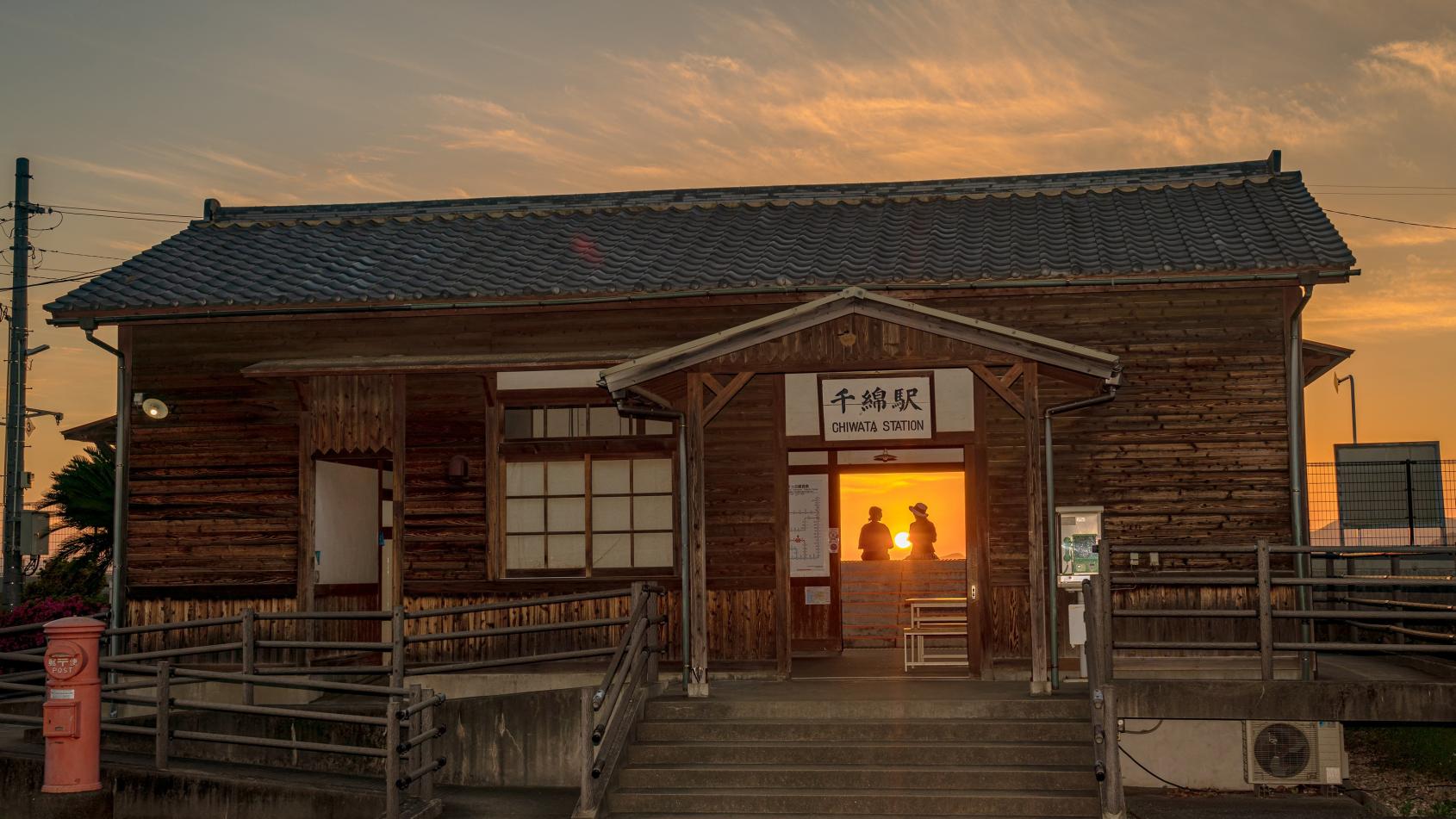 The Shimabara Peninsula Course (3 Days)
The Shimabara Peninsula Course (3 Days)
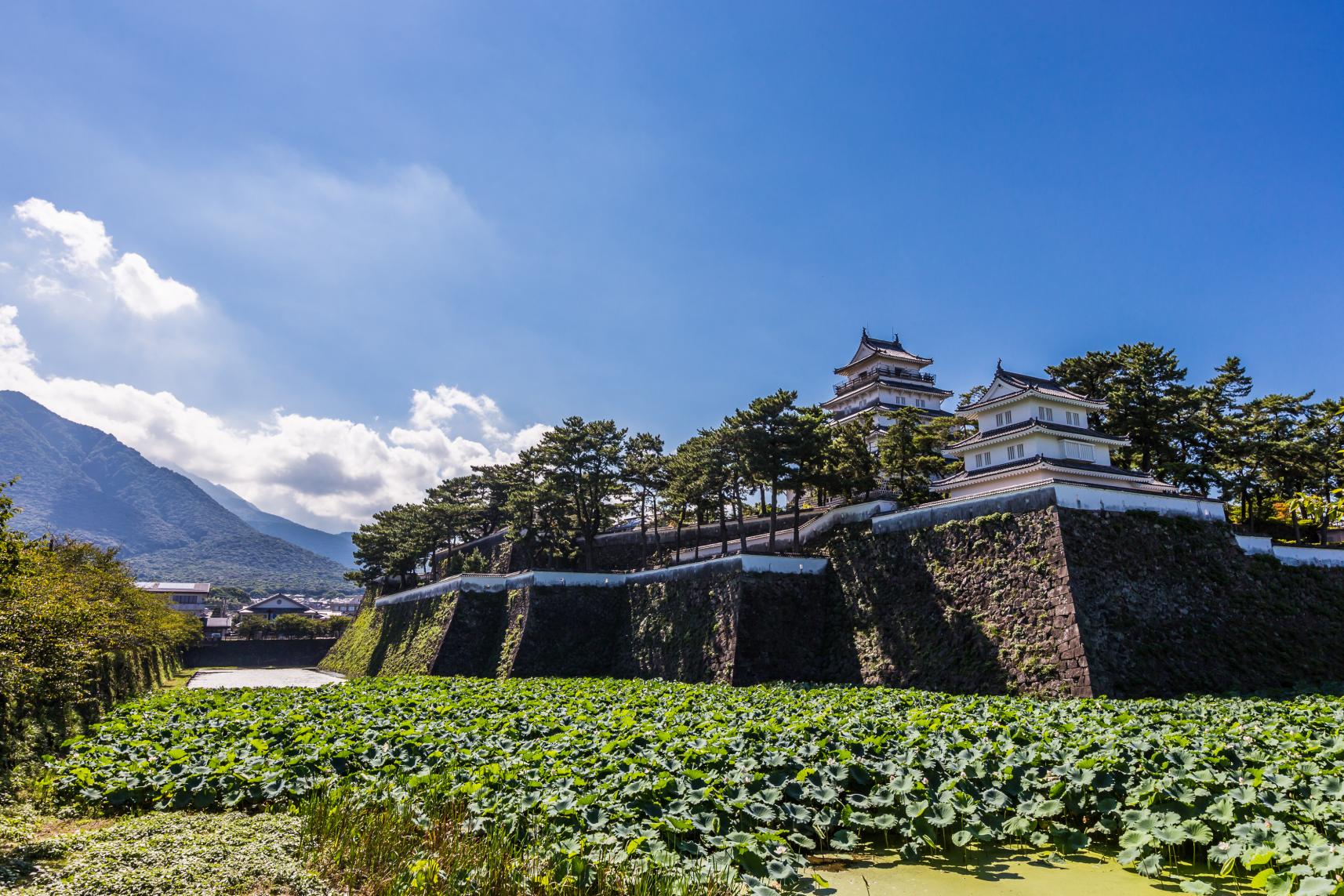
From the sea, where you can view wild dolphins, to the mountainous areas of Unzen National Park, this course goes around the Shimabara Peninsula and lets you enjoy the charms of both the sea and mountains, which are usually in vastly different locations, at the same time.
Your intellectual curiosity will surely be piqued by the variety of scenery and contrasts, such as Shimabara's Japanese-style "City of Water" townscape, the remaining Christian history at Hara Castle, and three natural hot springs with completely different spring characteristics.
Outdoor enthusiasts can stay in Unzen for days and enjoy trekking and cycling on a variety of routes.
- Required Time:3days
- Means of Transportation:by car, walk
-
Print
Overview
- 【Day 1】Mushigamaya (steamed kettle seafood market)
- 【Day 1】Hot Foot 105
- 【Day 1】Indigo Dyeing Experience
- 【Day 1】Unzen Jigoku (Unzen Hell)
- 【Day 2】Nita Pass
- 【Day 2】Dolphin Watching at Kuchinotsucho
- 【Day 2】Arima Christian Heritage Museum
- 【Day 2】Remains of Hara Castle / Les vestiges du château de Hara
- 【Day 2】Stay at Nearby Hotels
- 【Day 3】The City of Swimming Carps
- 【Day 3】Shimeiso Spring Garden
- 【Day 3】Shimabara Castle
- 【Day 3】Old Samurai Residences
- 【Day 3】Isahaya Station
START
Approx. 45 min. by car from Isahaya Station
【Day 1】Mushigamaya (steamed kettle seafood market)
A Multitude of Steamed Dishes made from Hot Spring Steam
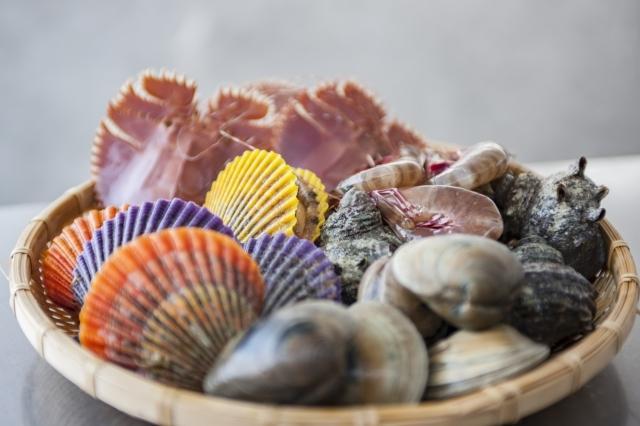
Fully enjoy the live feeling of steamed dishes from Obama Onsen, which boasts the largest amount of heat given off by a hot spring in Japan. Fresh seafood swim in the acquariums, and you can choose your own ingredients, such as vegetables and the dim sum set. Seafood rice bowls and set meals are also available.
Approx. 5 min. by car
【Day 1】Hot Foot 105
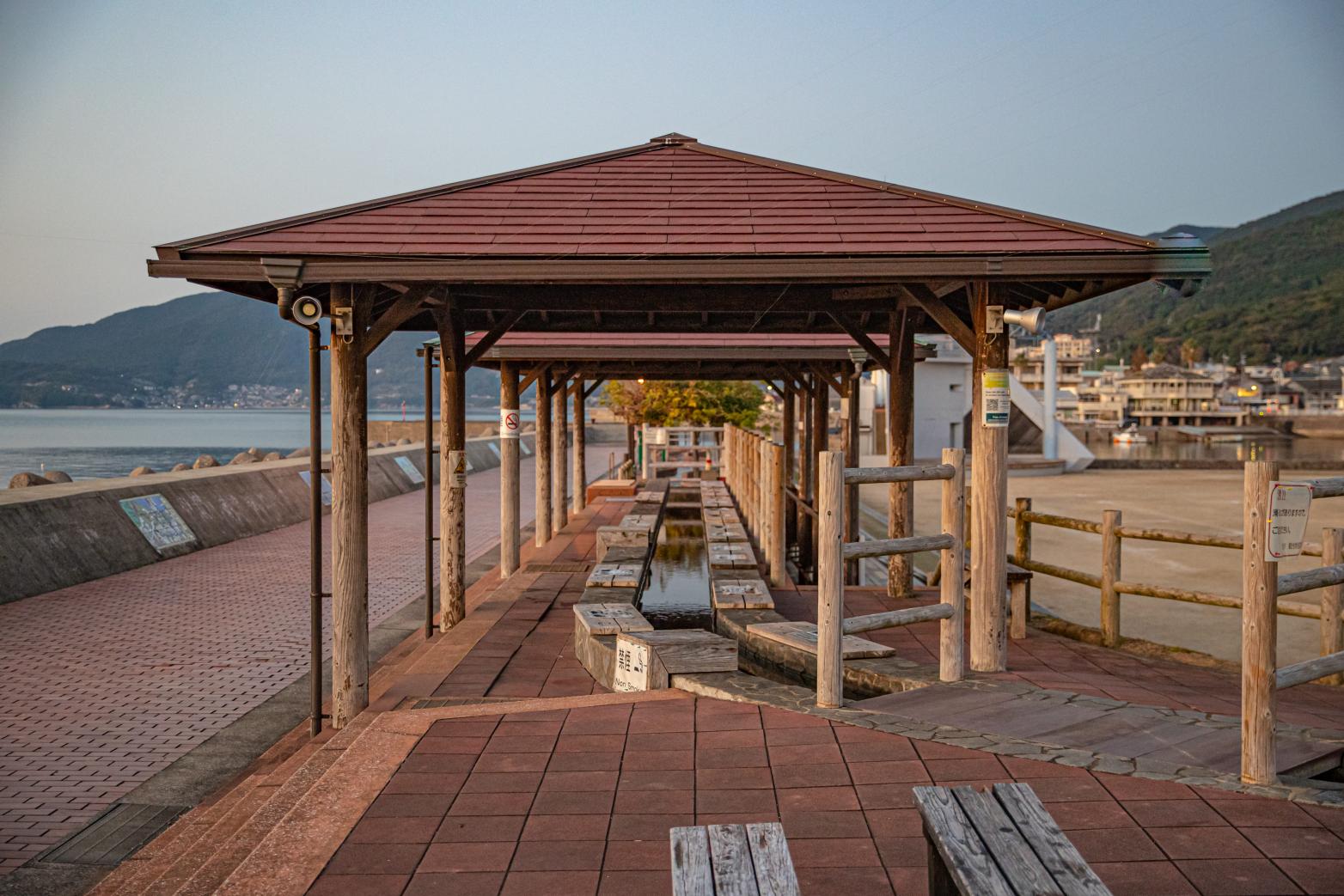
The natural hot spring at Obama Town comes out of the ground at a scalding 105 degrees Celsius, and the steam that rises up from the vents and drains can be seen throughout the whole town.
One of the most well-known spots in Obama Town is “Hot Foot 105”. This hot foot bath (open to the public free of charge) is measured at 105 meters long, and it is said to be the longest foot bath in Japan! It also has a pet section as well, so even pets can enjoy some hot spring too.
Hot Foot 105 is the perfect place to relax your tired feet after a day of exploring, and to watch the sun set over the Tachibana Bay!
| Address | 長崎県雲仙市小浜町北本町905-70 | |
|---|---|---|
| TEL | 0957-74-2672(雲仙観光局 小浜温泉観光案内所) | |
| Hours of Operation | 【April-October】 10:00~19:00(Steam L/O18:00、Close18:30) 【November-March】10:00~18:00(Steam L/O17:00、Close17:30) |
Approx. 5 min. by car
【Day 1】Indigo Dyeing Experience
Located in the Great Outdoors, Surrounded by the Mountains and Sea
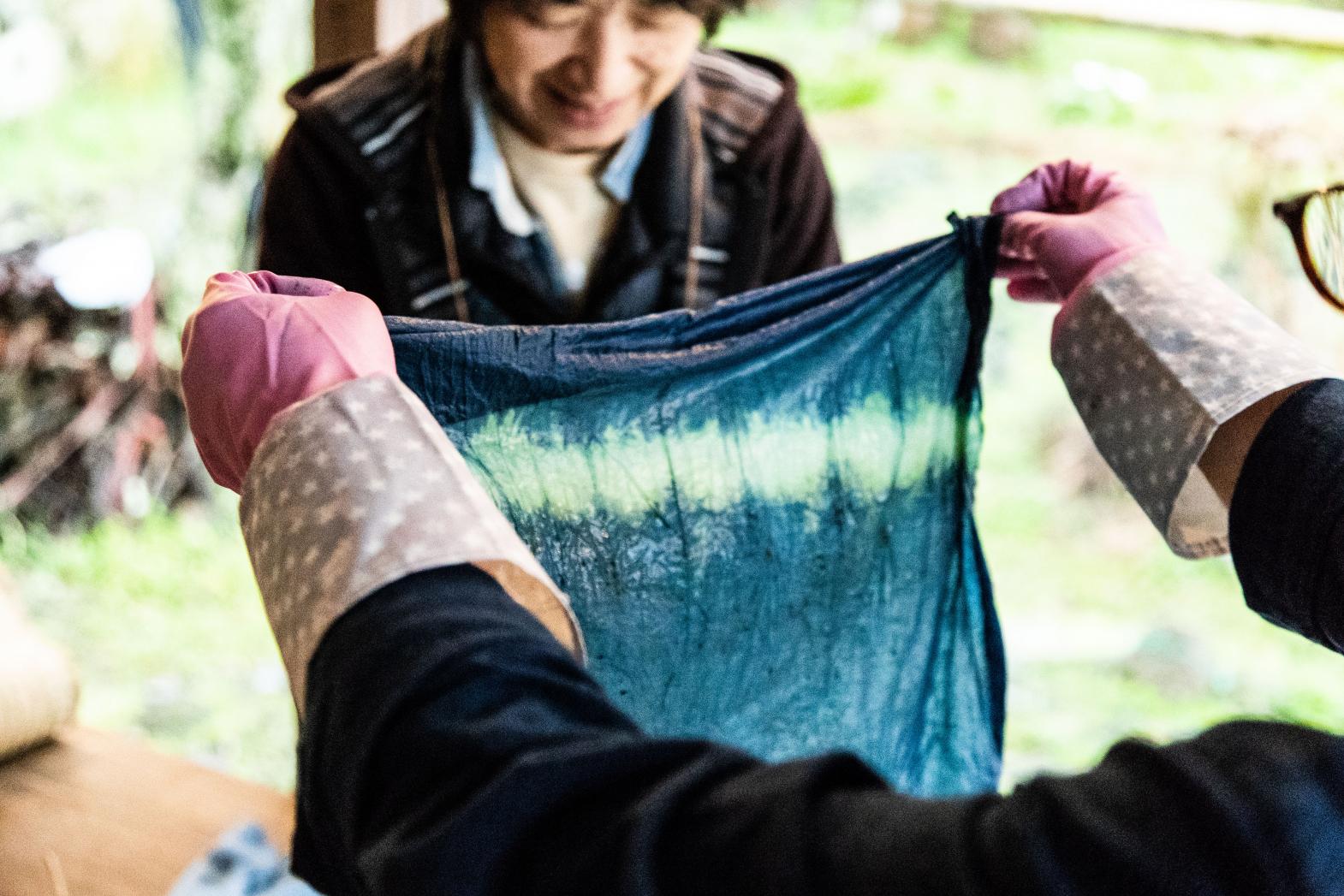
"Atelier Aiakane" is located in the quiet community of Karimizu District, just a short walk from the Obama Onsen town. Here, you can experience dyeing using indigo leaves grown in the garden and with plants collected from the area's bountiful nature. Nearby, there are also several spots to stop by, such as the fashionable "Karimizuan" shop and cafe in an old minka private residence that was renovated, and the "Obama Public Hall," with its beautiful pale blue exterior.
Approx. 25 min. by car
【Day 1】Unzen Jigoku (Unzen Hell)
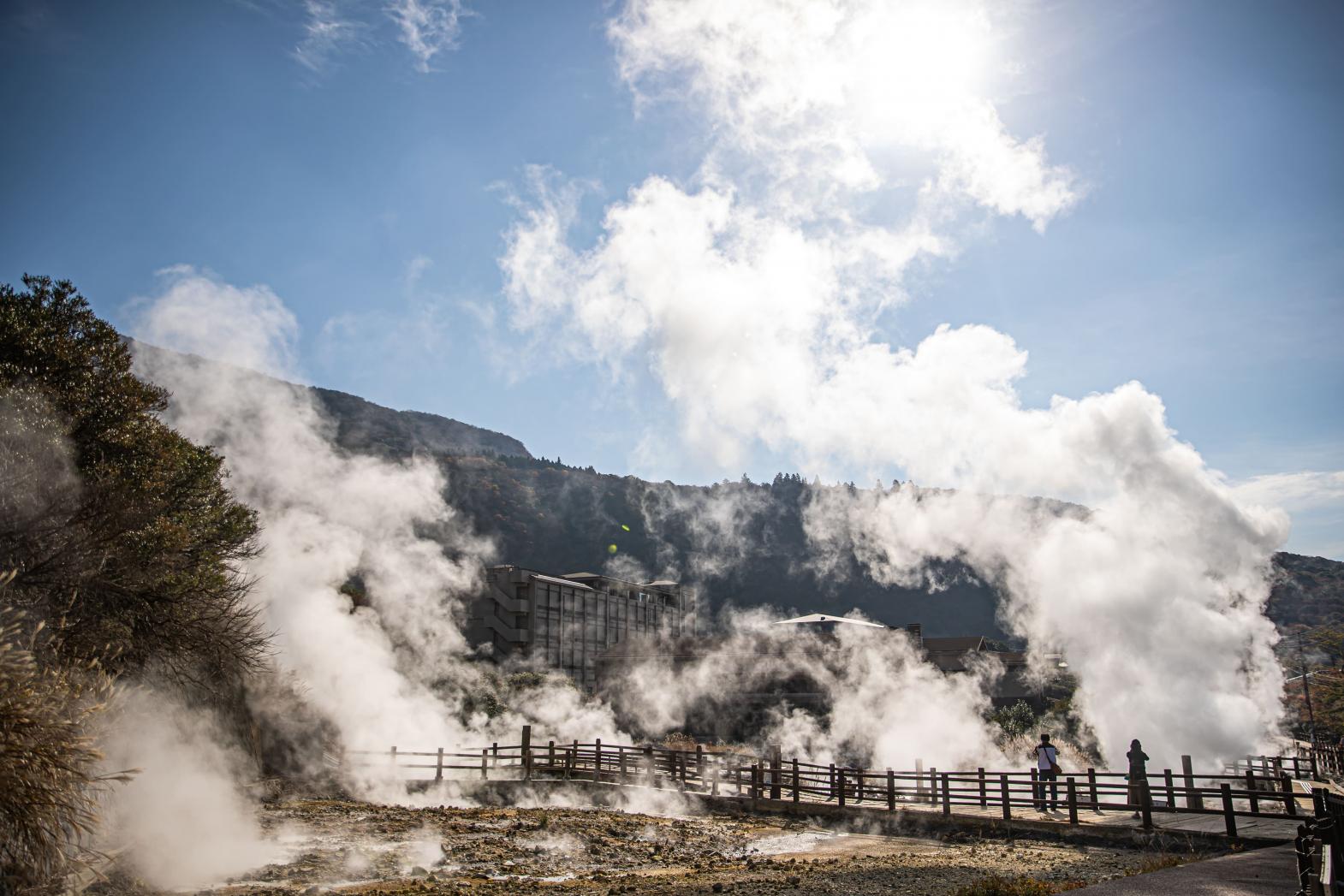
There are around 30 geothermal fields that pump out natural hot spring from the ground every second. The constant steamy and almost apocalyptic like atmosphere (the smell of sulfur included) creates a hell-like scenery, hence its name - Unzen Hell.
Unzen Hell also has a macabre history as an execution ground for Christian martyrs in the early 1600s during the ban on Christianity in Japan. Christians were heavily tortured in Unzen Hell as a way of forcing them to renounce their faith, and it was said that 33 Christians were martyred in the area between 1627 – 1631. Today, the “Unzen Jigoku Martyrdom Site” located within Unzen Hell is there to commemorate the Christian martyrs who lost their lives during that time.
Take a stroll through Unzen Hell while indulging the smell of sulfur, the surrounding nature sound, and the live motion painting of a steamy apocalyptic setting dotted with hissing fumaroles – all of which is truly an unforgettable experience!
| Address | 長崎県雲仙市小浜町雲仙 | |
|---|---|---|
| TEL | 0957-73-3434(一社)雲仙観光局) |
Approx. 20 min. by car
【Day 2】Nita Pass
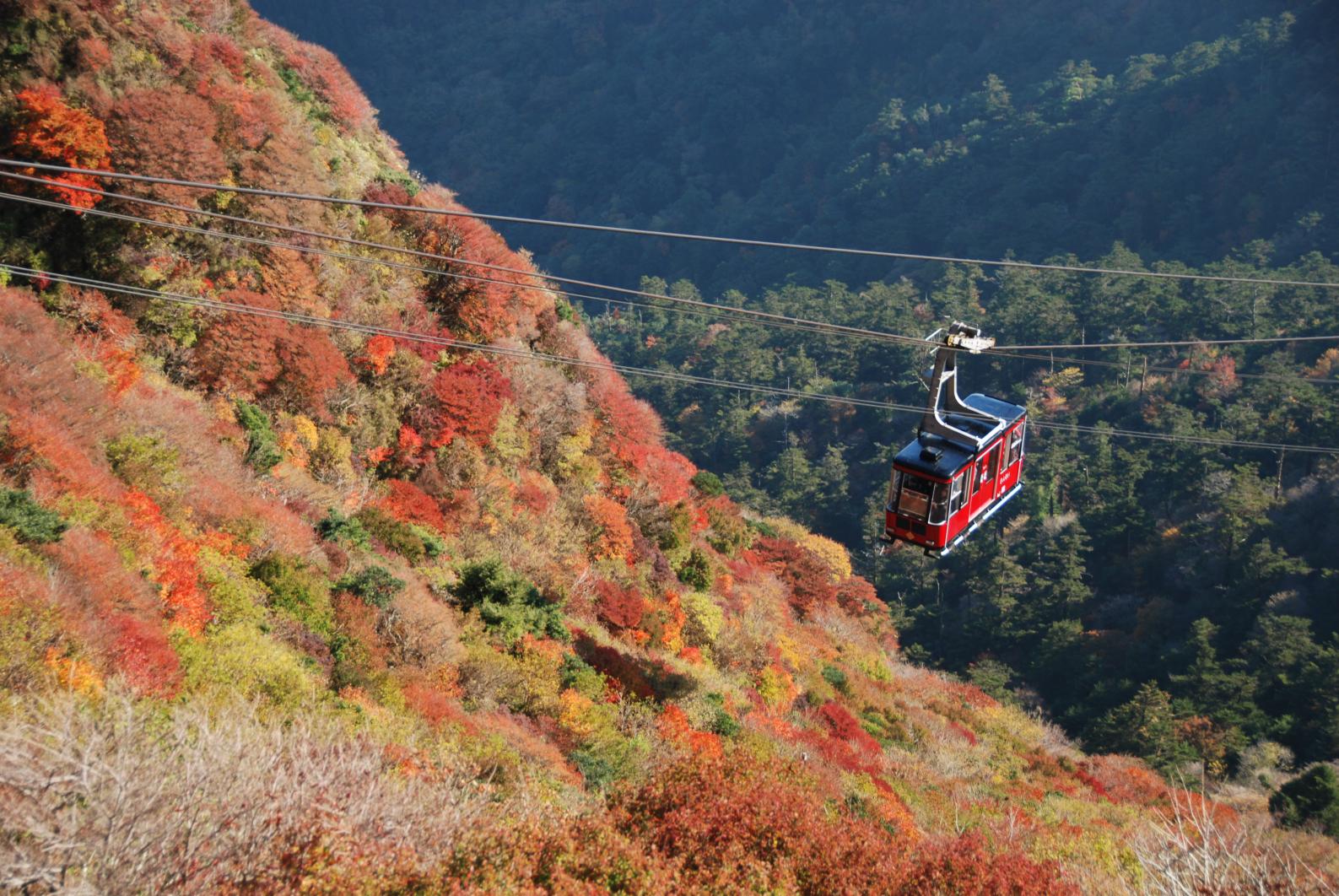
| Address | 854-0621 長崎県雲仙市小浜町雲仙 | |
|---|---|---|
| TEL | 0957-73-3434(雲仙観光局 雲仙温泉観光案内所) |
Approx. 50 min. by car
【Day 2】Dolphin Watching at Kuchinotsucho
99% Dolphin Observation Rate
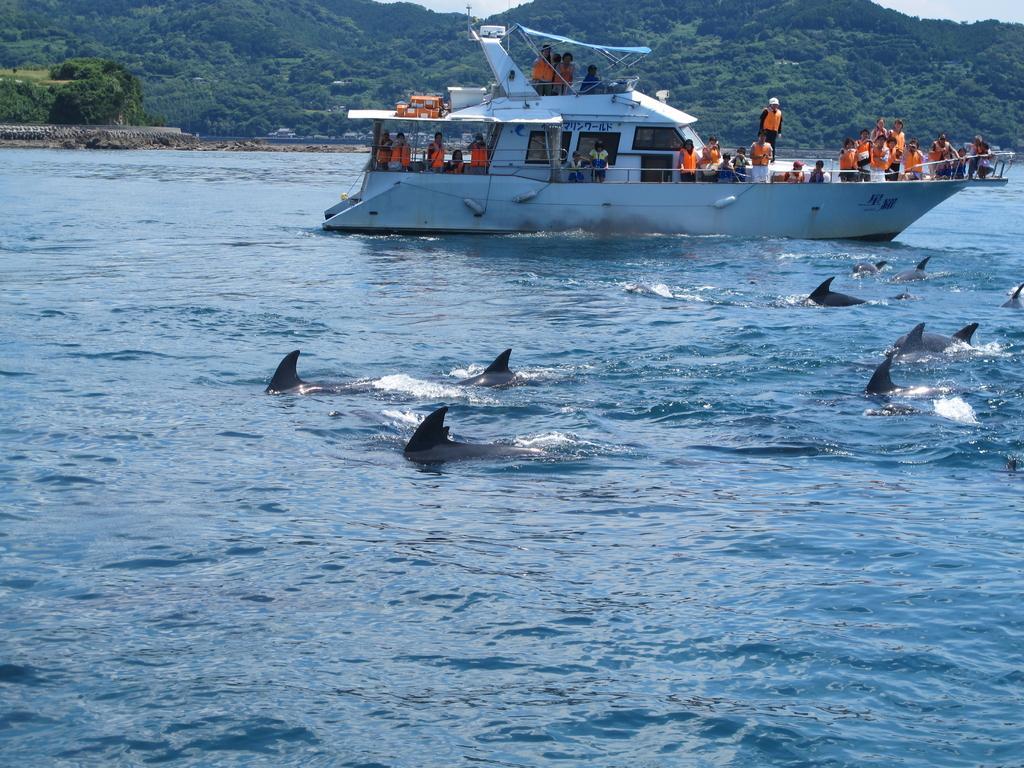
Wild bottlenose dolphins live around the port town of "Kuchinotsucho," which faces the inlet to the Ariake sea, with approx. 300 dolphins in the pod, who migrate in search of food. The dolphins jumping in and out of the sea's surface gives the appearance of having accidentally wandered into a dolphin paradise.
Approx. 20 min. by car
【Day 2】Arima Christian Heritage Museum
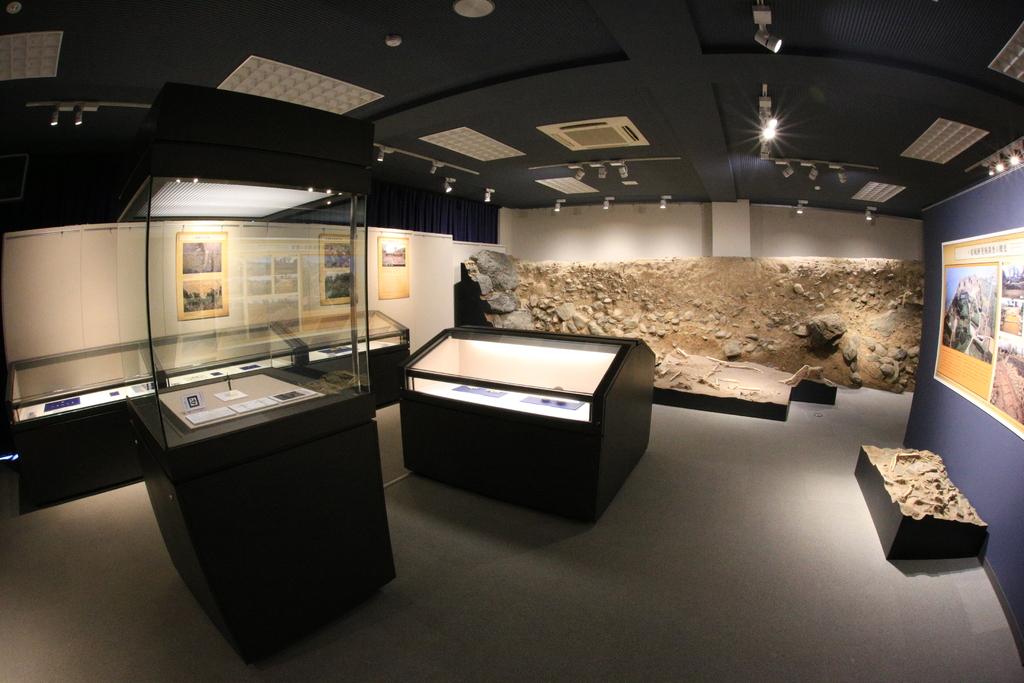
Minami-Shimabara has established the Arima Christian Heritage Museum with the purpose of promoting the inscription of the collection of sites on the World Heritage List.
The museum exhibits 250 years of Christian history showing its propagation, prosperity and suppression, and the Shimabara-Amakusa revolt. Both Hara Castle and Hinoe Castle give testimony to both the light and dark days of Nagasaki’s Hidden Christian history.
| Address | 859-2412 長崎県南島原市南有馬町乙1395番地 | |
|---|---|---|
| TEL | 0957-85-3217 | |
| Hours of Operation | 9:00~17:00 | |
| Closed | December 29th - January 3rd |
Approx. 5 min. by car
【Day 2】Remains of Hara Castle / Les vestiges du château de Hara
Hidden Christian Sites in the Nagasaki Region / Les Sites chrétiens cachés de la région de Nagasaki
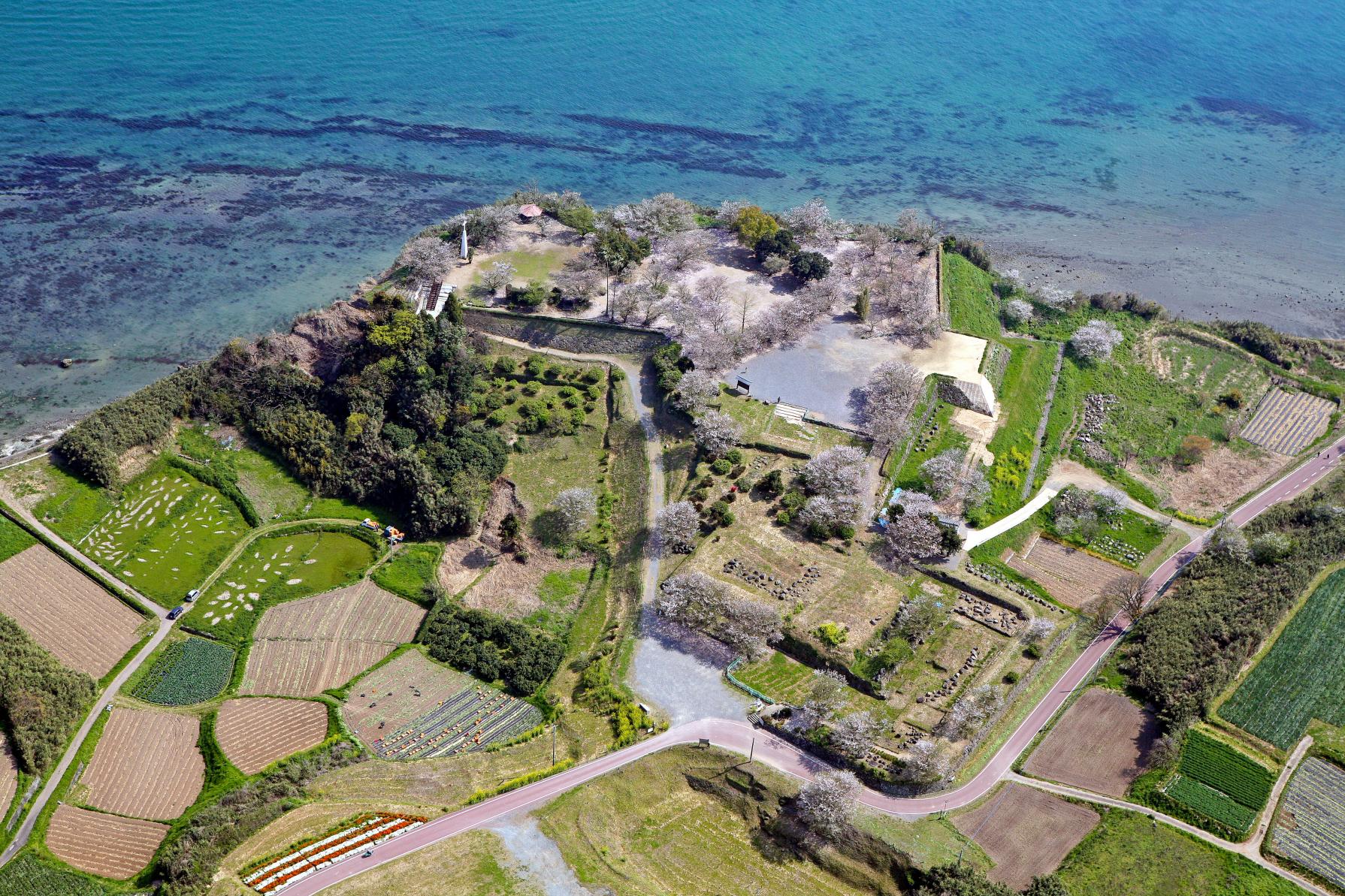
The Remains of Hara Castle are located in the southern part of the Shimabara Peninsula, in the southeastern area of the Nagasaki region. The castle was built on a hill where a cliff protrudes out over the sea. The castle was protected on all four sides, by the sea to the east, north, and south and by swampland on the western side. The castle became a battlefield during the Shimabara-Amakusa Rebellion of 1637. Archaeological excavation has revealed that the Hidden Christians had united themselves in an organisational manner during the early phase of the ban on Christianity.
Arima, the Catholic feudal lord, constructed the castle from 1598 to 1604, according to the Jesuits’ reports. The castle was owned by the Matsukura clan who ruled the Arima domain after the Arima clan, but was abandoned when Matsukura constructed a new castle as his new residence in 1618.
Suffering from the strengthened ban on Christianity and excessive taxes imposed by the Matsukura clan, as well as famine, in 1637 some twenty thousand Japanese Catholics, most of whom were peasants in the southern part of the Shimabara Peninsula and from the Amakusa area, revolted against their lord in what became known as the Shimabara-Amakusa Rebellion. They were besieged in the castle under the command of Masuda Shiro. The Shogunate forces attacked the rebels with 120,000 armed troops. However, due to the fierce counterattack mounted by the rebels, the Shogunate forces counted more than 8,000 deaths and casualties. After four months of battle, almost all of the rebels were killed, regardless of age and gender.
Former vassals of Christian feudal lords, Arima Harunobu and Konishi Yukinaga, led the rebel group. Such leaders had headed the Christian communities, called Kumi, even after the imposition of the ban on Christianity. The Shogunate forces also recorded that the rebel group built a chapel and preached Christianity in it during the siege of Hara Castle.
Archaeological excavation at the Remains of Hara Castle has revealed countless human bones and devotional tools, including crucifixes made of materials that had been used for bullets by the besieged Christians and medals that their ancestors had received from European missionaries during the period of Catholicism’s introduction and had kept for generations. The religious faith of the besieged Christians has been confirmed by such archaeological evidence.
In the western part of the Honmaru (main enclosure), remains of semi-underground type huts, built in a systematic manner, have been confirmed. Such archaeological evidence attests to the fact that the besieged Japanese Catholics had maintained their faith on a village and family basis and in an organised manner even after Christianity had been prohibited. The fact that their devotional tools were found embedded in buried stone walls during archaeological excavations suggests that the Shogunate forces completely demolished the castle after its capture, for fear that it could be used for another rebellion.
The Shogunate forces took back artefacts as trophies from Hara Castle after the rebellion, and some of these still exist, such as a Catholic community’s flag that had been brought to the castle by the besieged Catholics and used as a flag for the rebel forces, and a Christian prayer book that was written in Romanised Japanese and used during the rebellion.
The memory of the rebellion was kept alive by Hidden Christian communities in Sotome, Urakami, and other areas in the Nagasaki region throughout the period of the ban on Christianity.
Les vestiges du château de Hara, constituent des biens composants du patrimoine, qui témoignent de l'origine de l'entrée en « clandestinité » des chrétiens de cette région. Dans le contexte où la politique d'interdiction du christianisme se répand à l'échelle nationale, la rébellion de Shimabara-Amakusa dont la bataille principale s'est déroulée au château de Hara a provoqué un grand choc au gouvernement d'Edo. Il s'en est suivi l'interdiction d'entrée dans les ports japonais des navires portugais susceptibles d'être infiltrés de missionnaires catholiques, le régime d'isolationnisme qui aurait duré plus de deux siècles et l'absence, qui en résulta, des missionnaires sur le sol japonais. Ces circonstances ont conduit les chrétiens à entrer dans la « clandestinité », pour s'efforcer de pratiquer leur foi en secret à leur manière, et de choisir un lieu de migration.
| Address | 859-2412 長崎県南島原市南有馬町 | |
|---|---|---|
| TEL | 0957-65-6333(南島原ひまわり観光協会) |
Approx. 40 min. by car
【Day 2】Stay at Nearby Hotels
Approx. 5 min. by car
【Day 3】The City of Swimming Carps
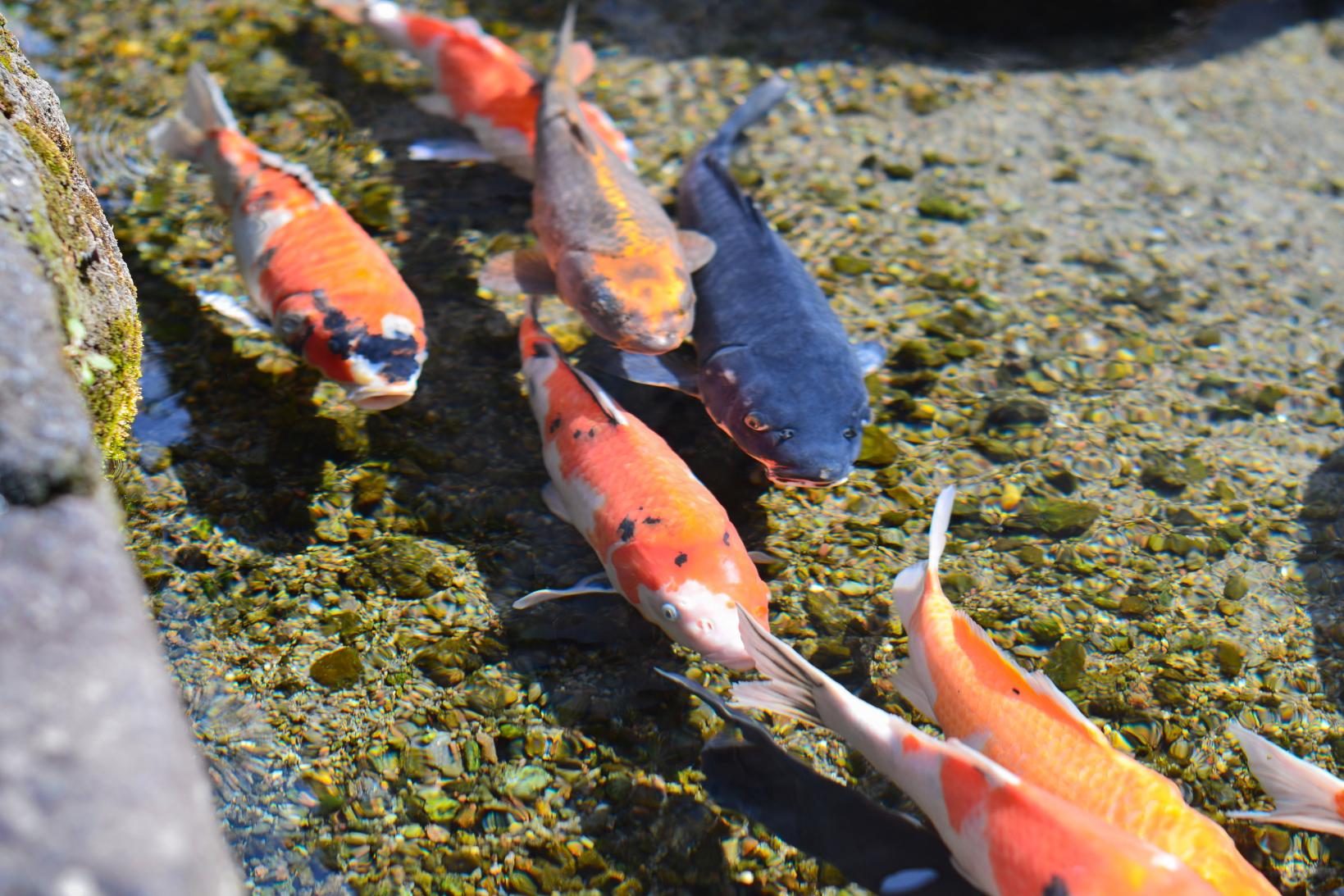
| Address | 855-0803 長崎県島原市新町二丁目 | |
|---|---|---|
| TEL | 0957-63-1111(しまばら観光課) |
Immediately nearby on foot
【Day 3】Shimeiso Spring Garden
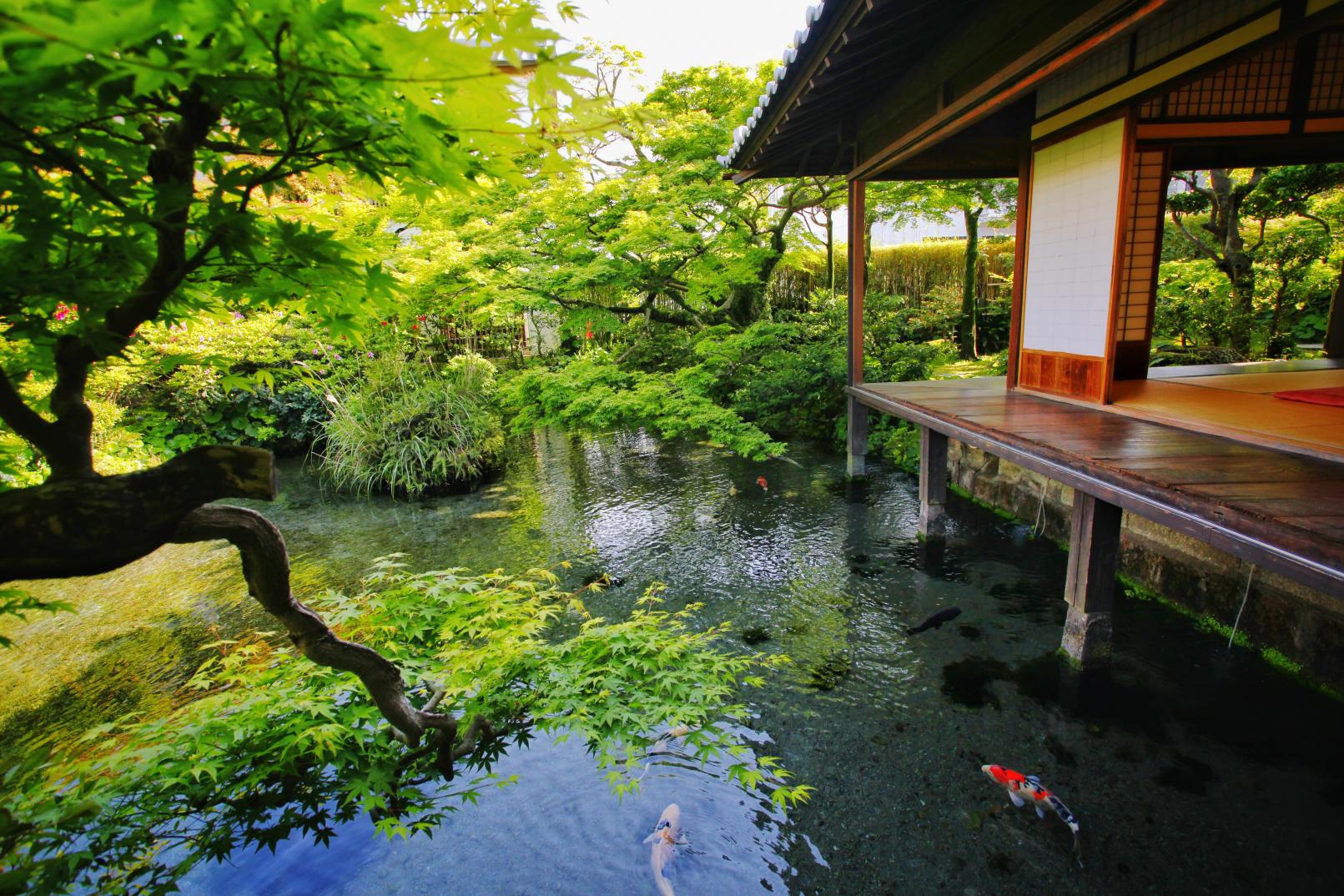
This area is also well known for its "City of Swimming Carps", and it is said that approximately 3,000 tonnes of fresh spring water wells up from beneath the ground here every day.
| Address | 855-0000 長崎県島原市新町二丁目 | |
|---|---|---|
| TEL | 0957-63-1121 | |
| Hours of Operation | 9:00~18:00 |
Approx. 5 min. by car
【Day 3】Shimabara Castle
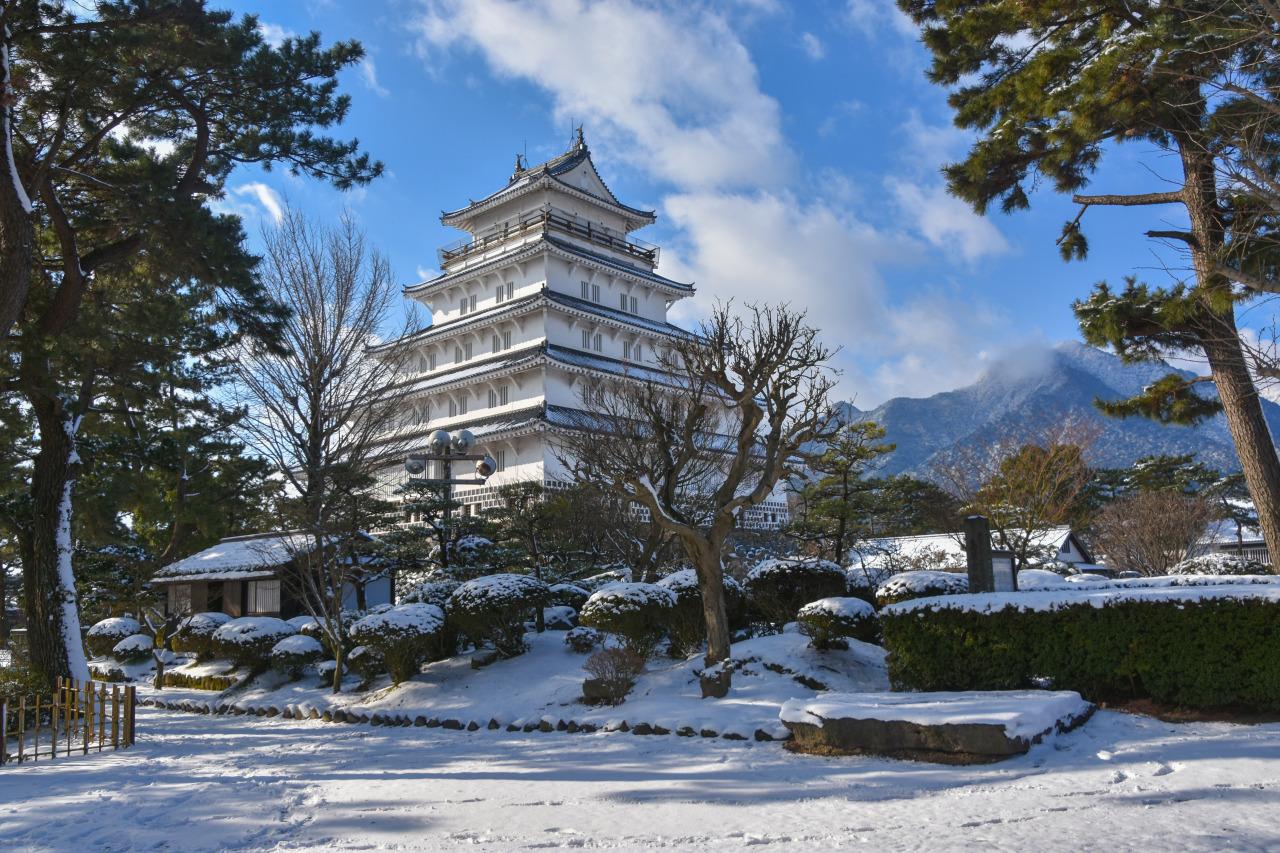
However, during the Meiji Restoration, the castle was deserted and dismantled. The current Shimabara Castle was reconstructed in 1964, and today, many historical artifacts that relate to the Shimabara Rebellion, as well as documents on local history and folklore are on display.
| Address | 855-0036 長崎県島原市城内1丁目1183-1 | |
|---|---|---|
| TEL | 0957-62-4766(株式会社島原観光ビューロー(島原城)) | |
| Hours of Operation | 9:00~17:30 |
Approx. 5 min. by car
【Day 3】Old Samurai Residences
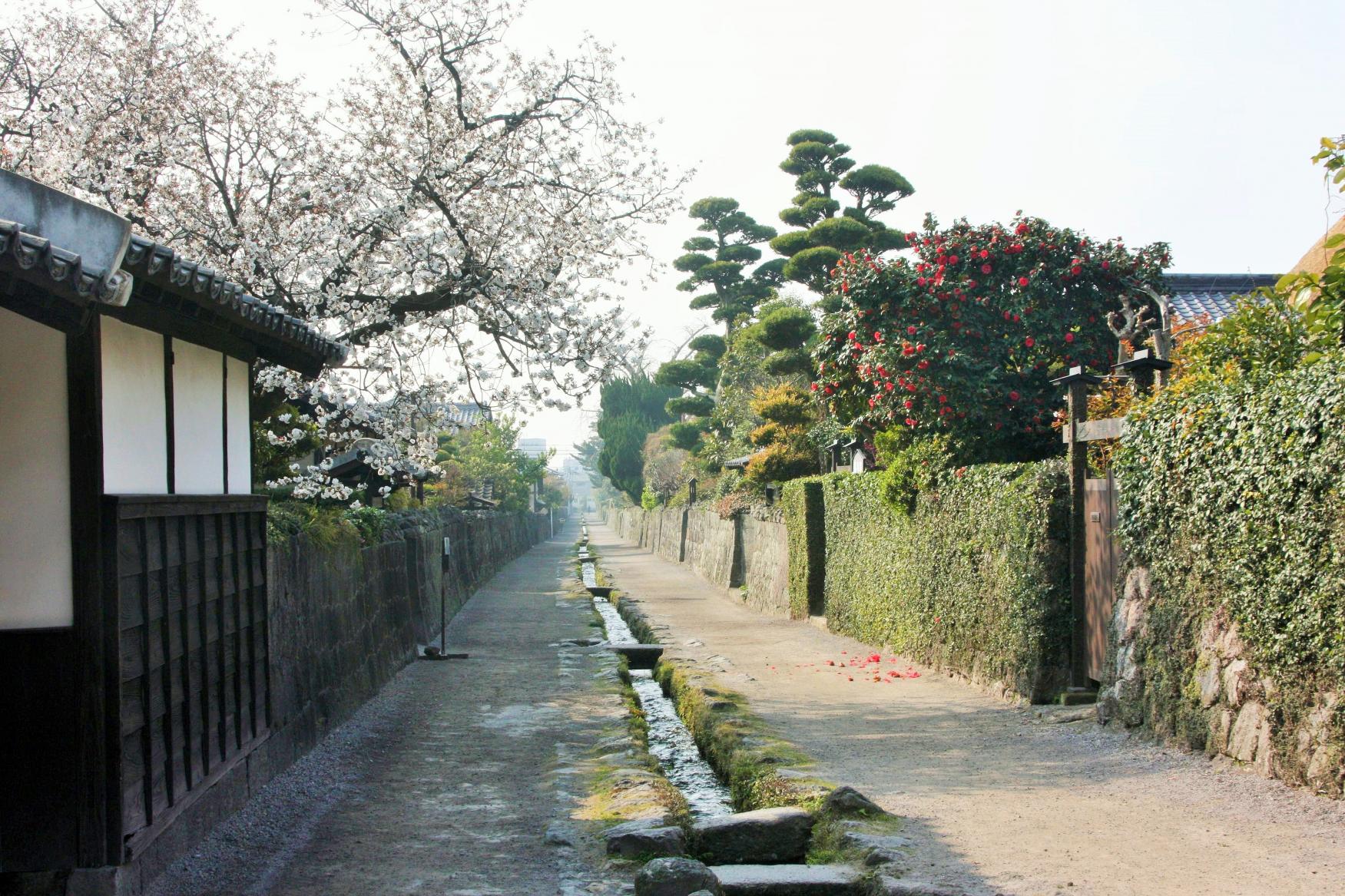
While being used for everyday life, the water also served to help with firefighting and disaster prevention.
The three preserved samurai residences in the Shita-no-Cho area are usually free for public viewing. Visit the Yamamoto, Shinodzuka, and Torita Residences and take a glimpse into the daily life of these samurai families.
| Address | 855-0052 長崎県島原市下の丁 | |
|---|---|---|
| Hours of Operation | 9:00~17:00 | |
| Closed | 12/29, 12/30 |
Approx. 1 hour by car
【Day 3】Isahaya Station
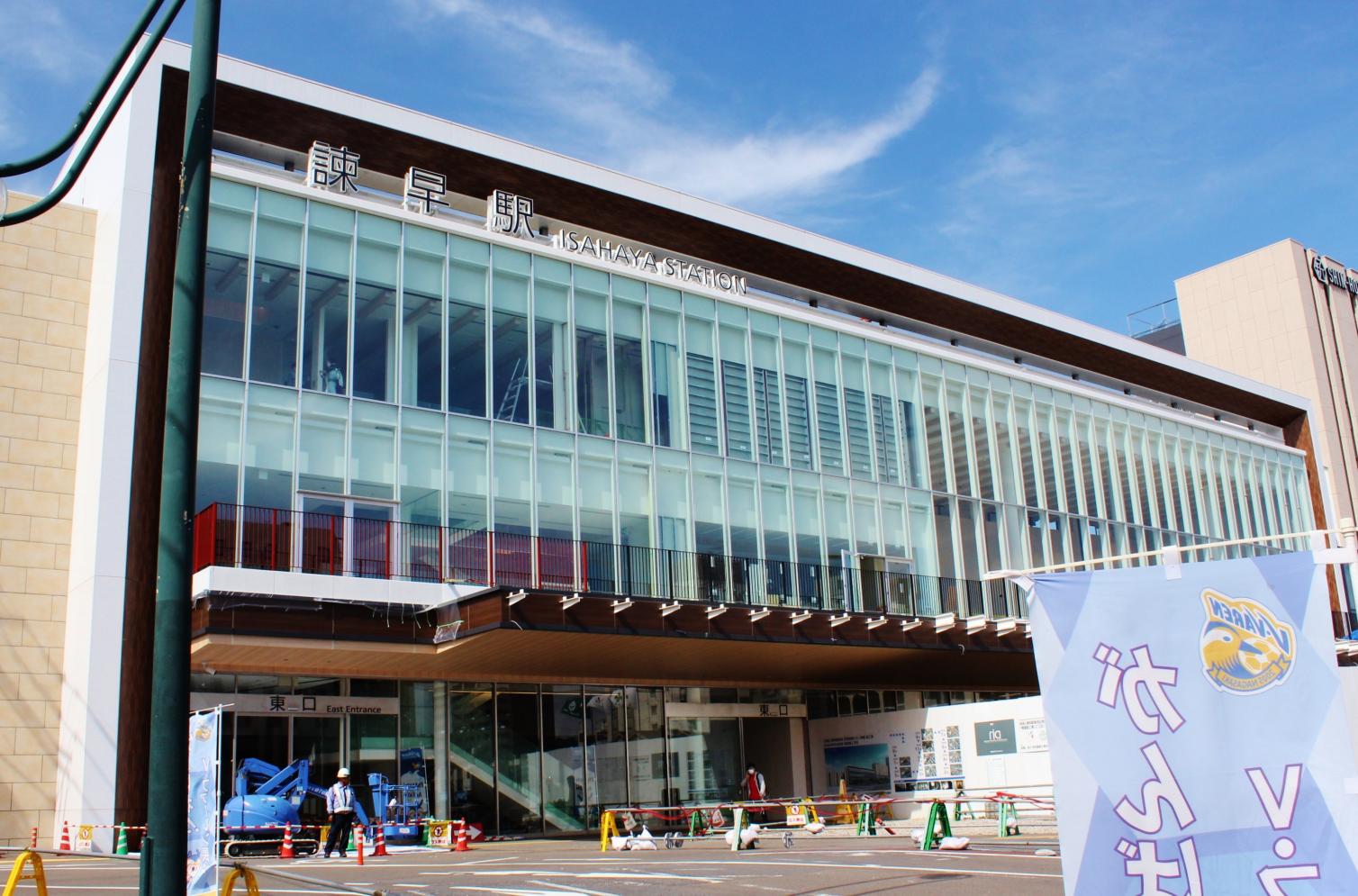
FINISH
Google Map may not be properly displayed if the volume per day exceeds the limit.



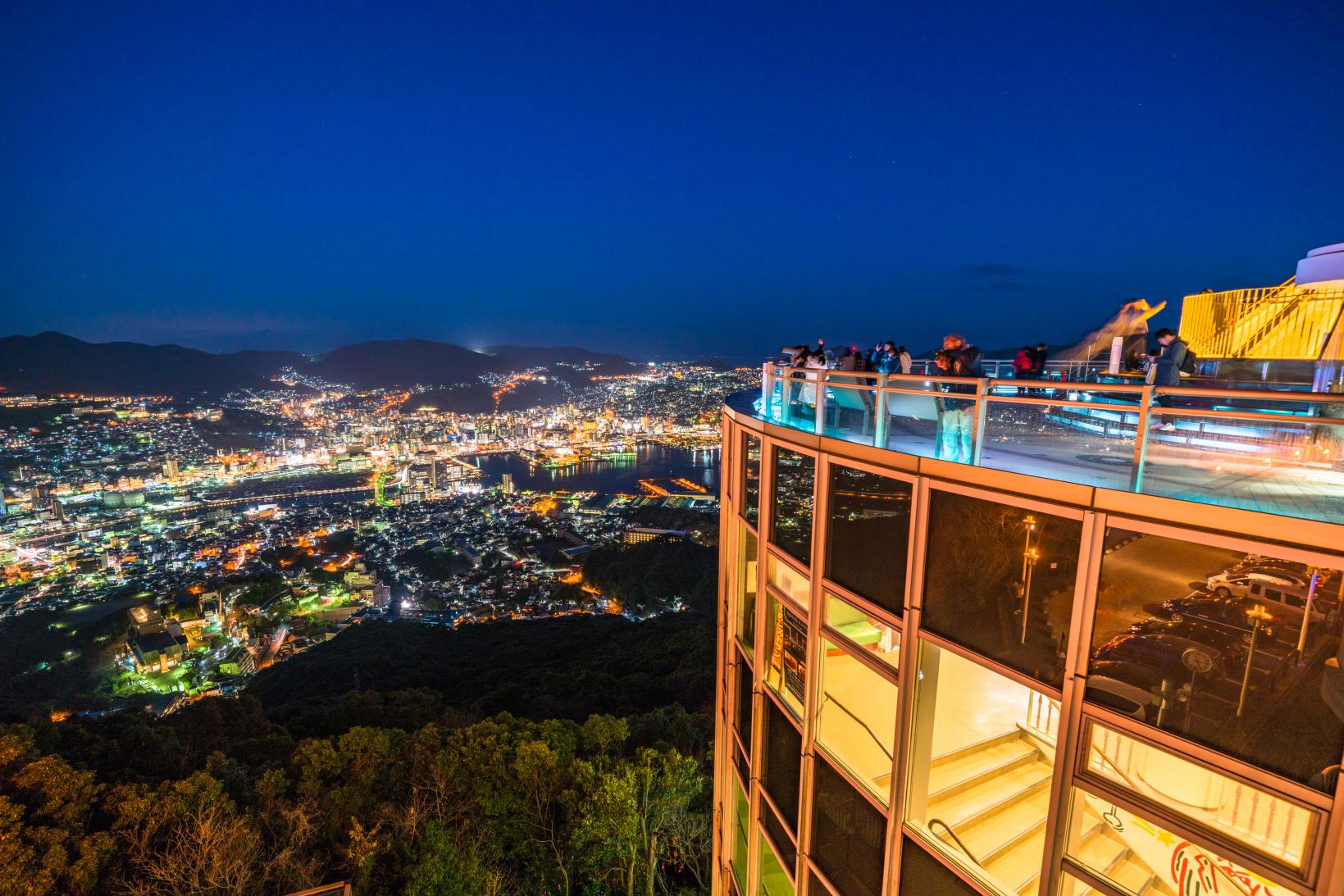
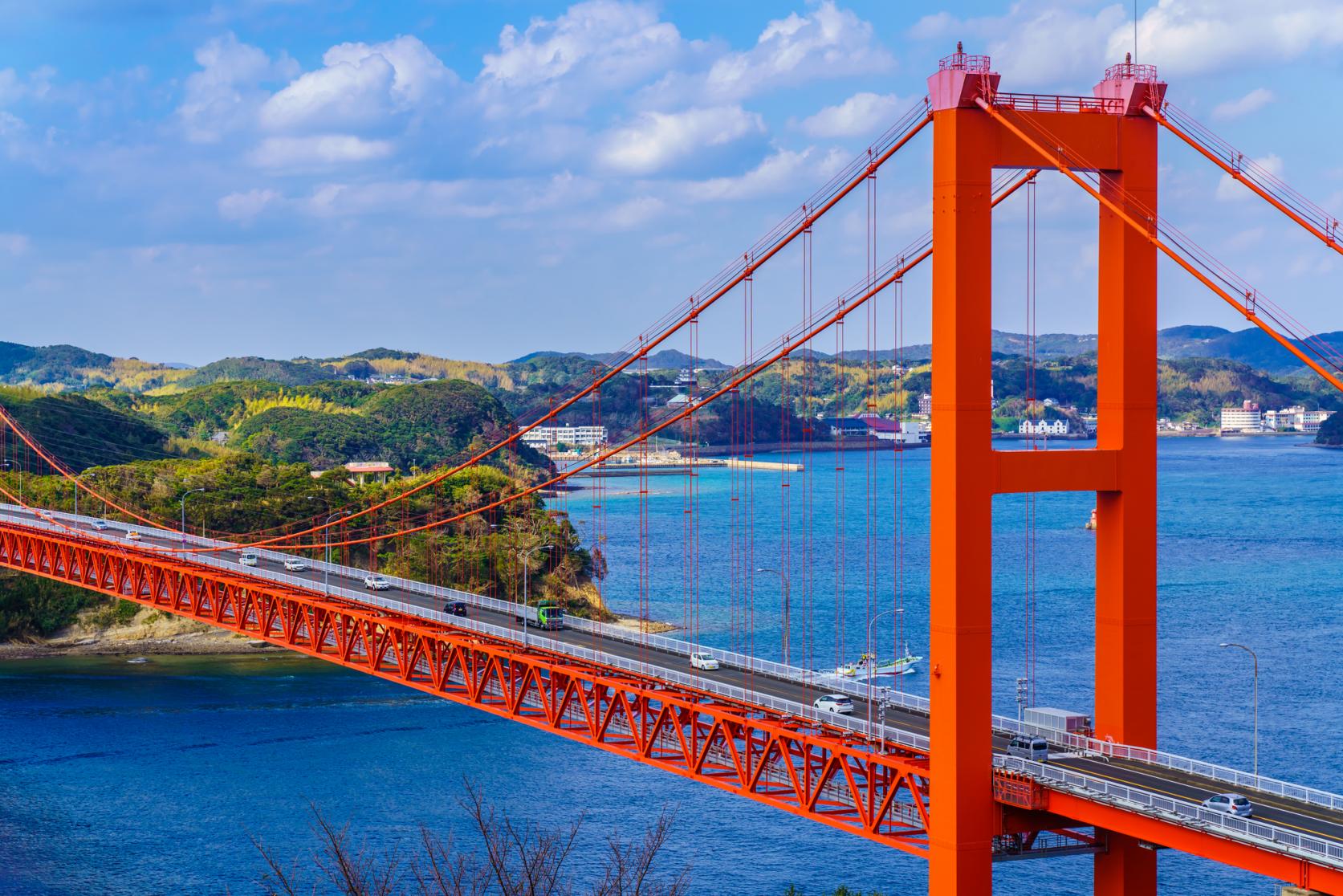
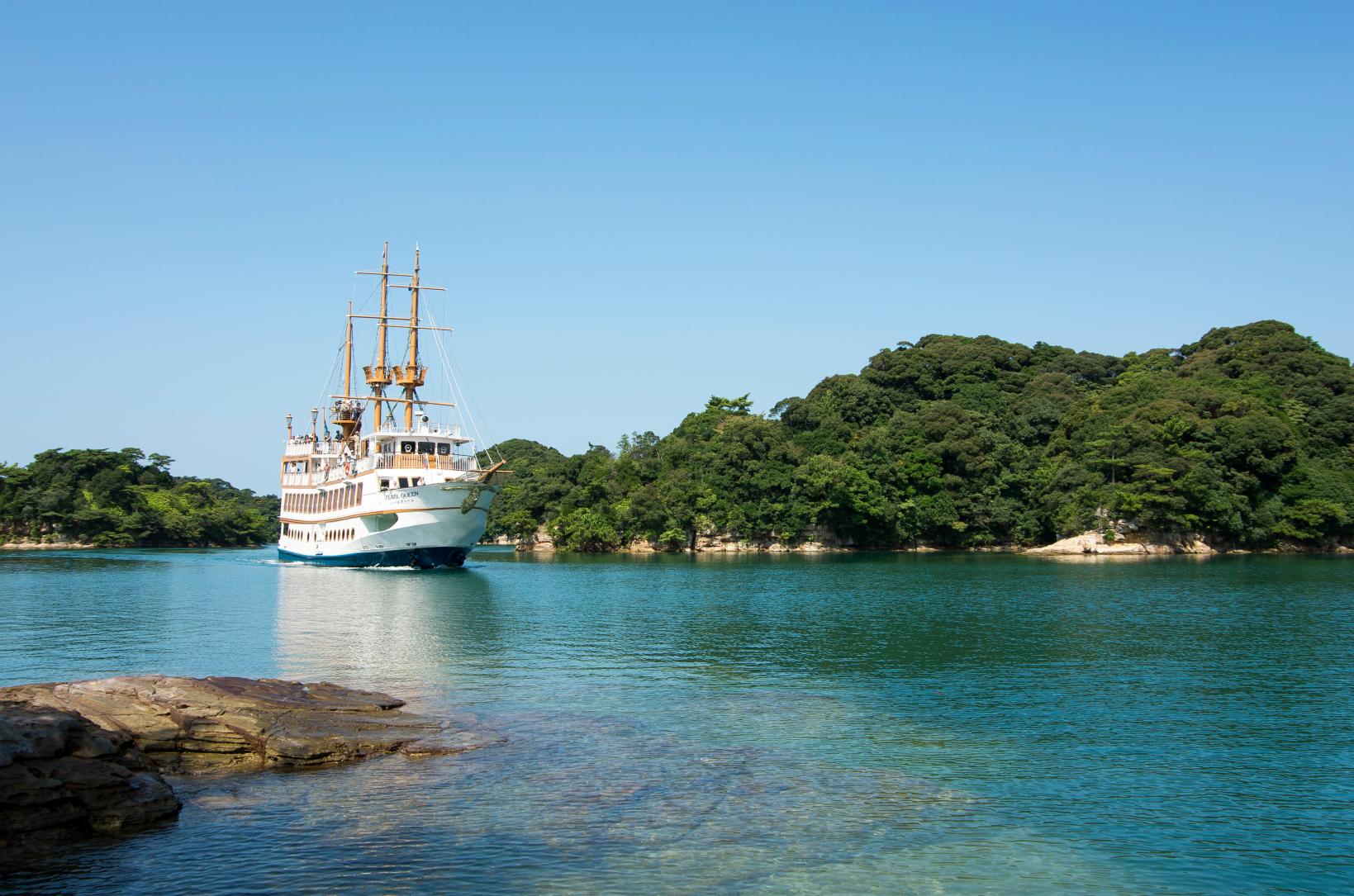
![[Starting from Kumamoto] Sightseeing in Kumamoto City & Unzen, Shimabara: A self-indulgent route around Goto-1](https://www.nagasaki-tabinet.com/storage/special_features/688/responsive_images/mQ8UXFjlMWs9jf2DJp7Ut1pIsLO7JGHPjeFlEHkc__1639_922.jpeg)
